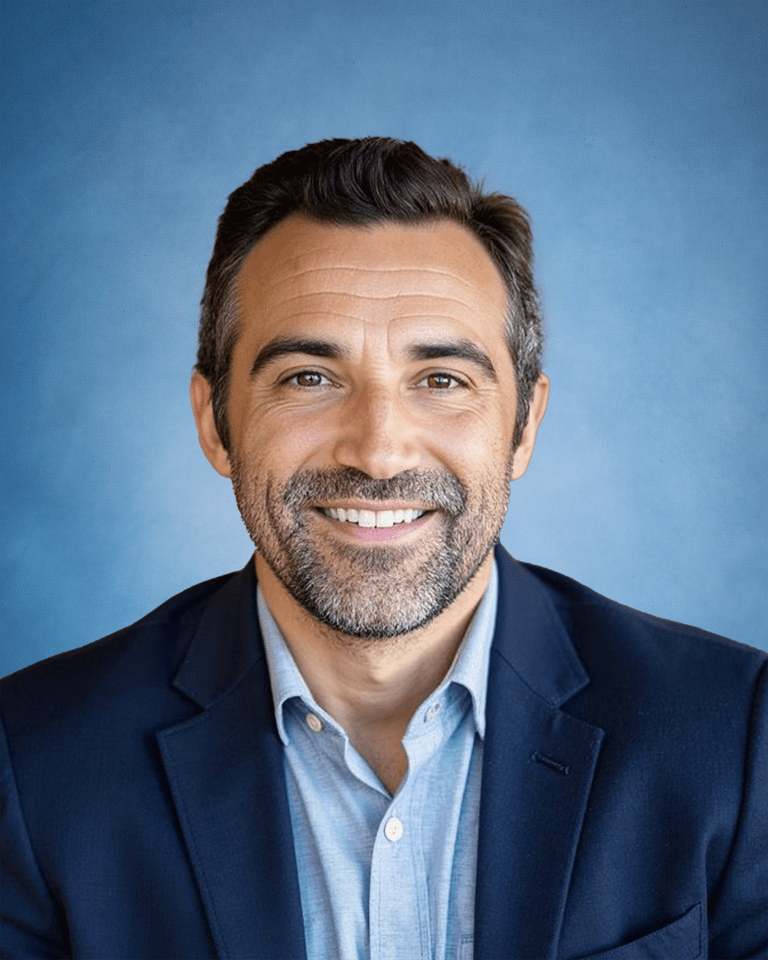
For years, my son has spent many evenings with Bluetooth headphones nestled in his ears. This lets him stay somewhat engaged with the family while he enjoys Netflix or music. Occasionally, if deeply immersed in his audio, he tunes us out completely, causing that familiar parental frustration of being ignored by our teenagers. Reflecting on this, I wondered about the safety of long-term exposure to Bluetooth radiation directly in his ear canal.
My concerns stem partly from my background in nuclear energy, where the dangers of ionizing radiation, such as direct DNA damage, are well established.
I was taught that only ionizing radiation could harm us, implying that non-ionizing radiation, such as radiofrequency electromagnetic fields (RF-EMF), sometimes shortened to just EMF, including Bluetooth signals, posed no significant risk. Yet, recent insights suggest that even low-energy electromagnetic fields can trigger biological harm. Research indicates these fields may enhance reactive oxygen species production, disrupt electron transport chains, and lead to mitochondrial dysfunction. Given that mitochondria are fundamental to cell energy production and overall health, these disruptions could potentially result in broad systemic effects.1 Delving deeper into current scientific literature, I encountered a meta-analysis published in Environmental Health (2024) investigating associations between mobile phone use, including Bluetooth technology, and brain tumor development. This study presented a statistically significant increase in the risk of tumors, particularly gliomas and acoustic neuromas, among long-term, high-duration users, although the authors cautiously noted variability and the complexity in establishing clear cause-and-effect relationships.2
Faced with uncertainty and a bioplausible risk, I asked my son to minimize his use of Bluetooth headphones. However, being the analytical and smart a…leck that he is, he asked me for “proof.” After briefly reminiscing on when my words were proof enough, I realized that while definitive proof eludes us, this situation perfectly illustrates the practical utility of the precautionary principle and an opportunity for a teaching moment. This principle, deeply rooted in environmental and public health policy, guides us to proactively address potential risks even when scientific certainty is incomplete.3,4
Historically, the precautionary principle emerged prominently in environmental law during the 1970s and gained broader recognition through international agreements like the Rio Declaration (1992) and the Wingspread Statement (1998). At its core, it argues that in situations where an activity presents potential risks of serious or irreversible harm, the lack of full scientific certainty should not delay preventive measures. This approach shifts the burden of proof from proof of harm to proof of safety, requiring proponents of potentially harmful activities to demonstrate their safety rather than waiting for damage to occur. 6,7
The significance of this approach is underscored by past experiences, such as the delayed public disclosure of the health risks associated with asbestos contamination in talc by companies like Johnson & Johnson, as detailed in the book “No More Tears” (2025). Chronic inflammation from such substances has been linked to cancers and other severe health issues, yet talc remains prevalent in various consumer products, from medications to cosmetics, despite the upcoming European Union ban in 2027.8
I believe the precautionary principle aligns closely with native values. Indigenous cultures around the world are wary of the unknown ramifications of changes to the environment and our health. They possess the humility to acknowledge the complexity of the natural world and how much remains unknown. Given these insights, my personal and family recommendations for a health approach incorporate the precautionary principle as a fundamental decision-making tool. We choose to avoid exposure to potentially harmful substances or technologies when safer alternatives are available or when clear safety has not been established. It’s not always easy. Information isn’t clear, or it’s fragmented. “Progress” in some ways is advancing faster than safety measures and communication of potential risk.
I encourage everyone to also make the precautionary principle a core philosophy of your decision-making, taking preventive action to protect health and environmental integrity, especially amidst uncertainty. Embracing this principle can significantly guide safer, healthier lifestyle choices. If you’re interested in applying this approach practically, resources such as the Environmental Working Group (ewg.com), the Healthy Living app, Yuka app (my personal favorite), Open Food Facts app, and Think Dirty app provide valuable tools to assess product safety, enabling informed decisions that prioritize health and well-being.
References:
- Averbeck, D., & Rodriguez-Lafrasse, C. Role of Mitochondria in Radiation Responses: Epigenetic, Metabolic, and Signaling Impacts. International Journal of Molecular Sciences. 2021; 22. https://doi.org/10.3390/ijms222011047.
- Moon J, Kwon J, Mun Y. Relationship between radiofrequency-electromagnetic radiation from cellular phones and brain tumor: meta-analyses using various proxies for RF-EMR exposure-outcome assessment. Environ Health. 2024;23:82. doi:10.1186/s12940-024-01117-8
- Beloin V. Public Policies Guided by the Precautionary Principle. National Collaborating Centre for Healthy Public Policy. May 2009.
- Pinto-Bazurco JF. The Precautionary Principle. International Institute for Sustainable Development; October 2020.
- Bowling T. Facing Uncertainty: Local Governments and the Precautionary Principle. National Sea Grant Law Center; 2008.
- United Nations Conference on Environment and Development (UNCED). Rio Declaration on Environment and Development. United Nations; 1992.
- Wingspread Conference on the Precautionary Principle. Wingspread Statement on the Precautionary Principle; 1998.
- Gillon R. Medical ethics: four principles plus attention to scope. BMJ.
